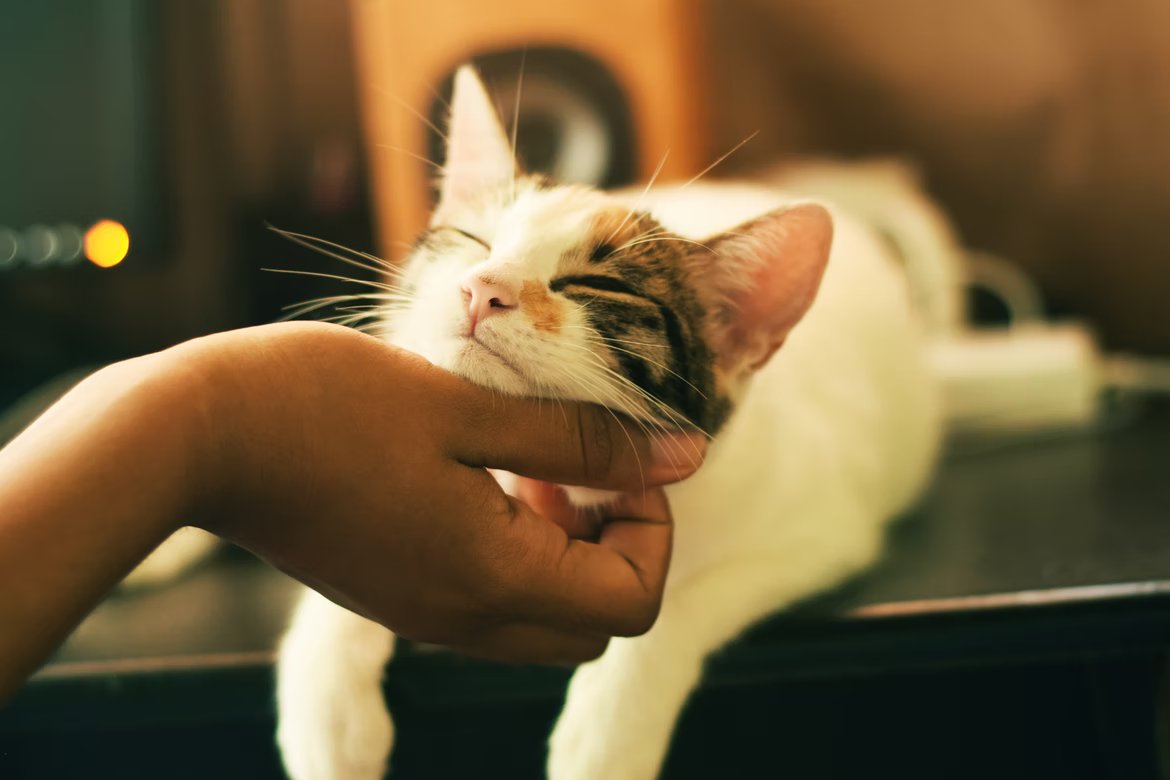Moving is stressful. You have legal obligations to fulfil, boxes to keep track of, and expensive agent fees to pay. On top of all that, you must ensure that your cat is safe and happy during the move so they can settle into their new homes quickly.
Keeping cats happy during a move is easier said than done. Cats are averse to change and take a long time to adjust to their new surroundings. However, by taking a few proactive steps, you can ensure that your cat stays happy so you can focus on settling into your new home.
Cat Comfort During the Move
All animals — including humans — find moving stressful and unsettling. That means it’s vital that you take every reasonable precaution you can to keep your cat comfortable during the move. Here are a few steps you can take to ensure your cat is comfortable and safe while moving:
- Practice the Moving Process: it might sound odd, but taking a practice run of moving day will help your cat acclimatize to being moved, and will help you identify any potential issues. The easiest way to do this is to pack up your cat in a carrier and take them somewhere they will like (a pet store with treats, or a park where you might walk them).
- Plan Pit Stops: if you’re moving a long way or overseas, you should find safe places to take your cat out from their carrier to help them de-stress and burn some energy.
- Stay on Top of Medication: take your cat for a check-up before the move. This way, you can be sure your cat is in good health + will be able to get professional advice from a vet about the move.
- Load Your Pet Last: you don’t want your cat to be stuck in a car any longer than they have to be. This will alleviate unnecessary stress and will ensure that they have a well-ventilated space where you can see them easily.

Calming an Anxious Cat
You might be excited about the move, but moving houses will likely cause your cat some amount of anxiety. They will need time to adjust and might require more from you for the first few weeks until they settle down. As a cat owner, you must recognize the signs of anxiety in your cat and calm them down.
Common signs of anxiety in your cat include:
- Increased meowing
- Panting
- Restlessness
- Shaking
- Hiding
- Biting
- Disinterest in food
- Attempting to escape
These are just some of the common signs of an anxious cat. It’s stressful knowing your cat is feeling anxiety, but there are simple steps you can take to calm your cat’s nerves during a move:
- Stay at Home: if possible, you should try to stay at home with your cat in the early days of the move. This means you can be attentive to any signs of anxiety, and you’ll ensure they feel your love during a stressful period.
- Create a Space for Them: there are dozens of playsets and dens for you to buy your cat. Even if you can’t afford a pet-store playset, try to create a safe space exclusively for your cat as this will help calm them and entertain them.
- Consult Your Vet: it’s a good idea to keep in semi-regular contact with your vet — particularly during a move. Vets can give you advice that is specific to your cat and might be able to offer medication if they feel it is necessary.
- You can also use calming products such as The Blissful Cat Aromatherapy, Soulmate or Pet Remedy to help keep an anxious cat calming during a move or any other upsetting activity!
Taking these few steps can help reduce your cat’s anxiety when moving, which helps them stay healthy while they adjust to their new environment.

Proactively planning with your cat in mind can help you avoid cat-astrophe and will ensure they stay safe before, during, and after the move. By recognizing signs of anxiety, consulting with your vet, and practising the move you can help your cat adjust to a new home.
We regularly write about all things relating to cats on our Blog Katzenworld!
My partner and I are owned by five cheeky cats that get up to all kinds of mischief that of course, you’ll also be able to find out more about on our Blog
If you are interested in joining us by becoming a regular contributor/guest author do drop us a message @ info@katzenworld.co.uk .

4 Comments